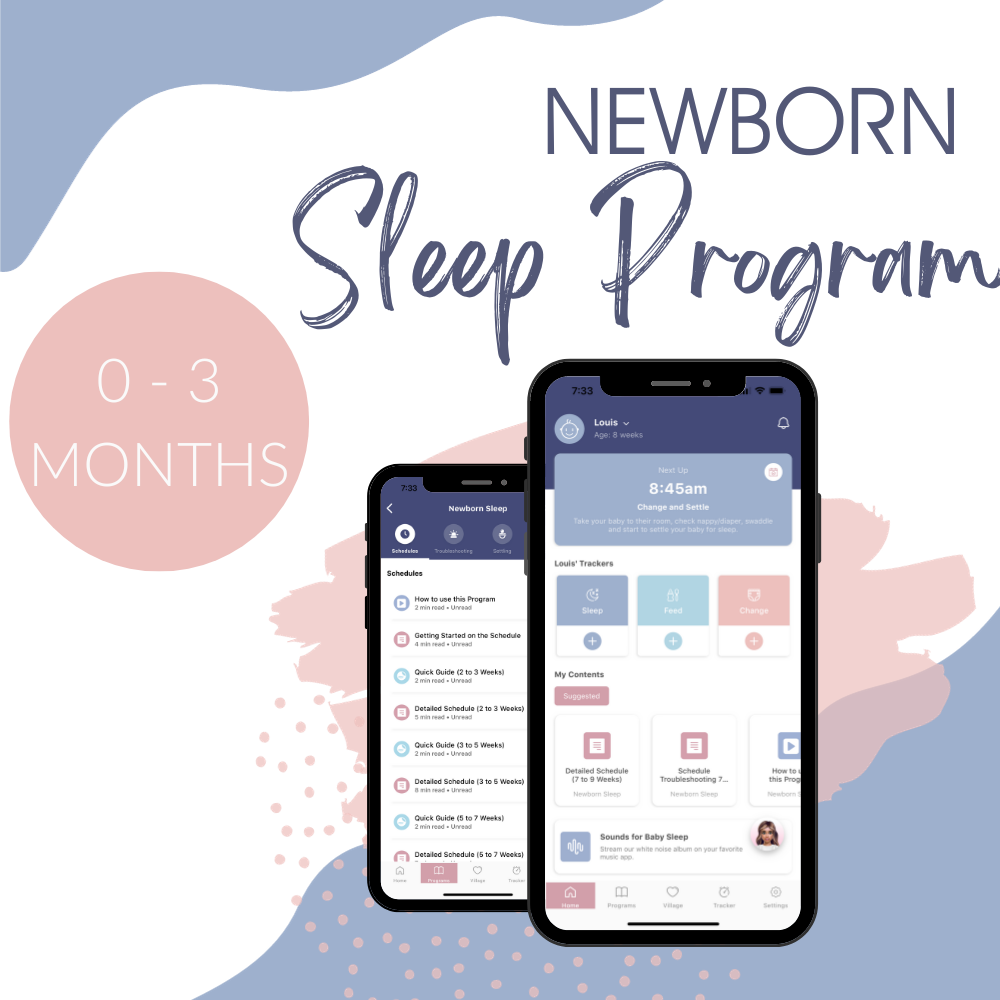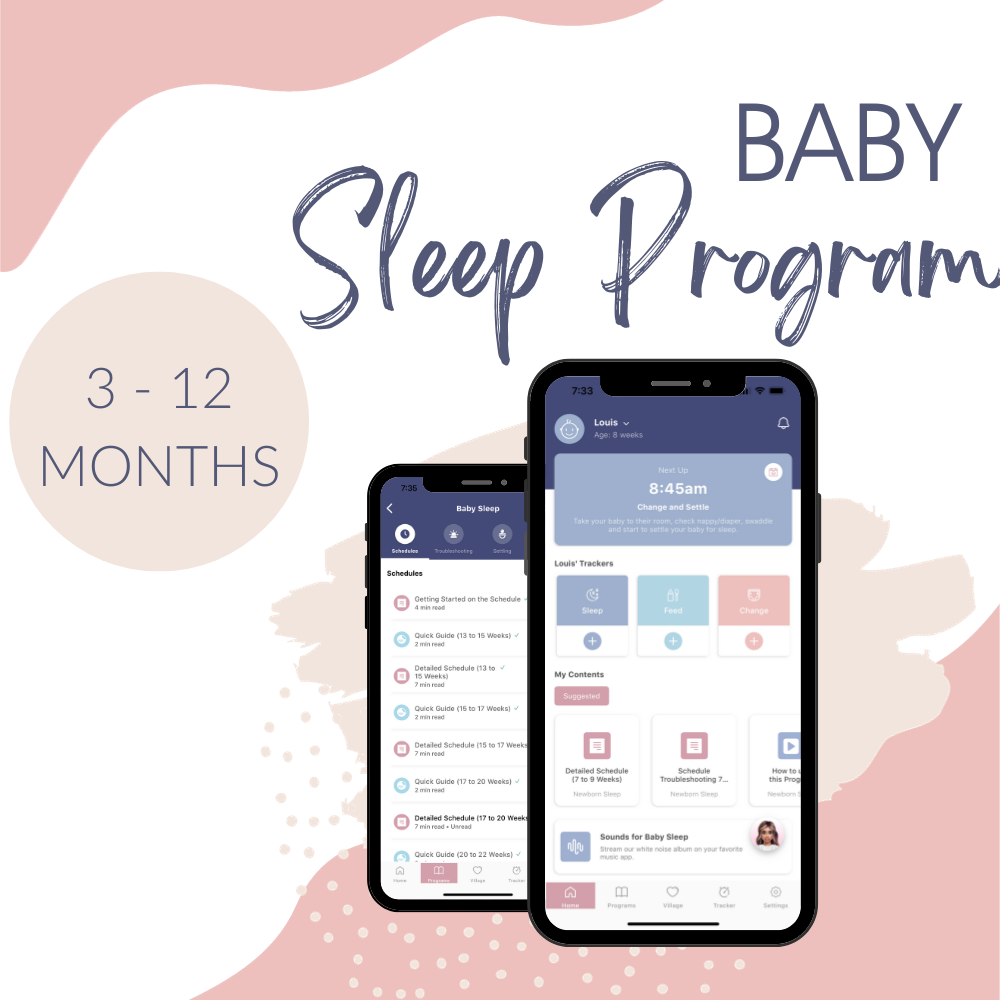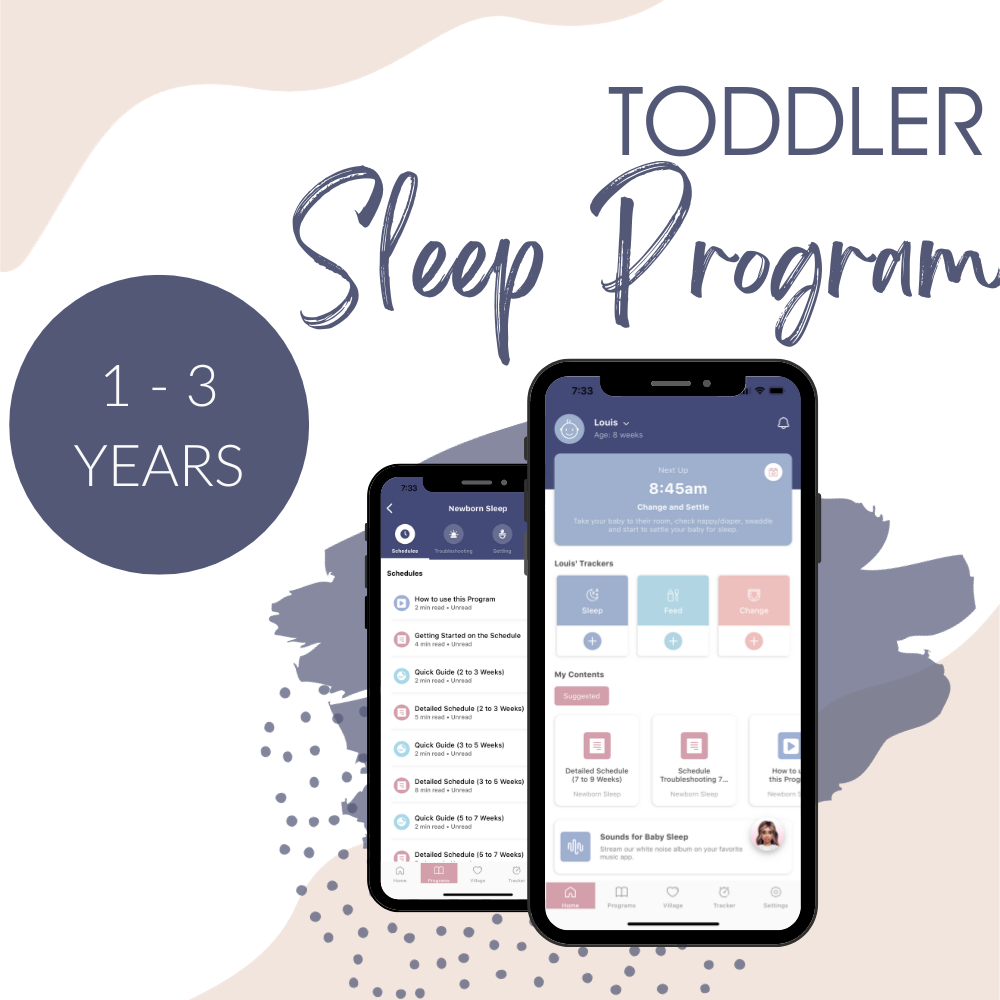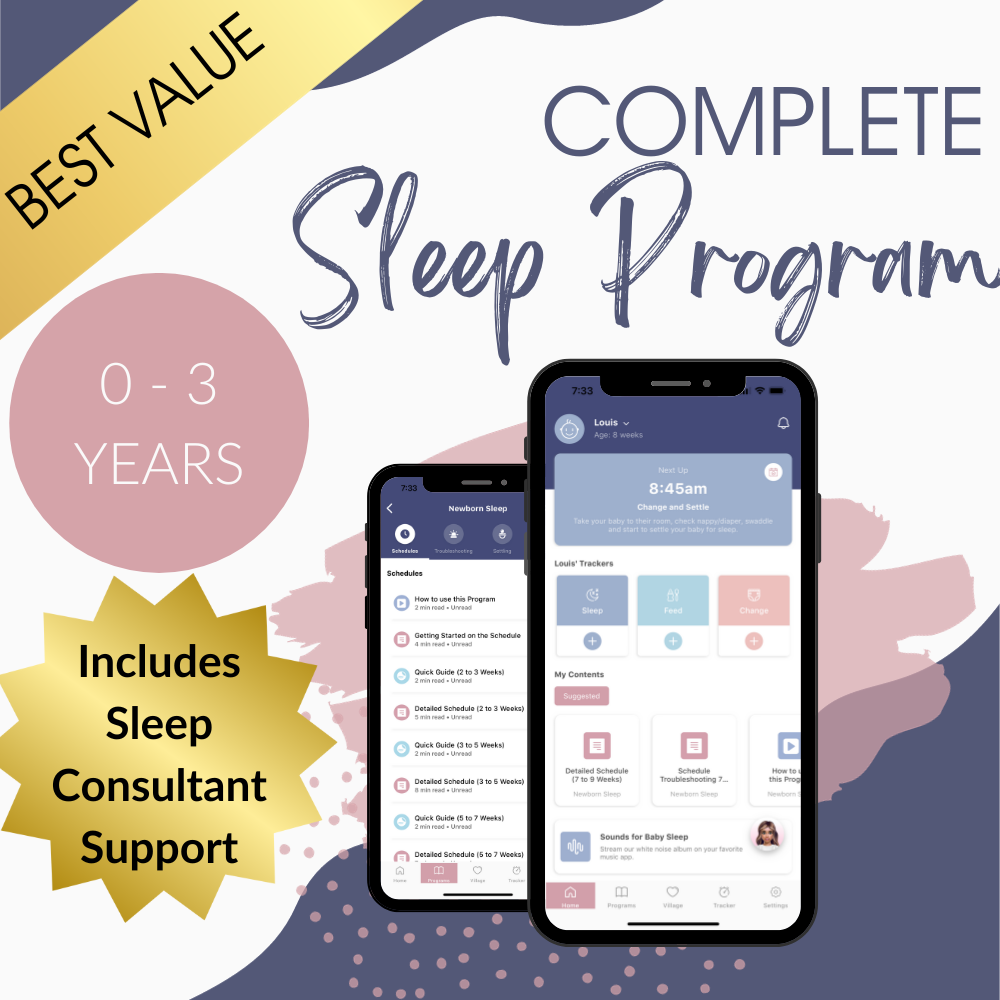
The 12-15 Month Sleep Regression
By this point, you are probably a pro at handling sleep regressions, so we know you’ve got this, but just in case you want an extra helping hand, we’ve put together some more information about the 12 to 15-month sleep regression to help you along the way...
For more detailed information, make sure to check out our Little Ones App. Within the app, you'll also have the option to access the Little Ones Village, where our certified Sleep Consultants are available to support you through this tricky period in your baby’s sleep.
Faced with yet another regression?
We've got the tools, the information and the personalised support to help you and your little one towards more settled and predictable days, with an excellent routine.
Join Now
What is a sleep regression?
A sleep regression is a period when a baby or toddler who has been sleeping well suddenly starts waking at night, being difficult to settle and/or skipping naps. Read our full article on sleep regressions to learn more about when and why this can happen in general.
What is the 12-15 month sleep regression?
So, you’ve come through the pesky 4-month sleep regression, then tackled the 8-10 month regression and are now being faced with yet another one?
WHY?!
We know it sucks, but this regression differs from the regressions you’ve experienced so far. It’s unlike the 4-month regression as it’s not neurological, and it’s not like the 8-month regression as it’s not physiological. This one is all based around nap transitions.
Between 12 - 15 months most toddlers are ready to transition down to one nap during the day. However, if your little one still has two naps during the day, they can seem to regress in their settling and sleep simply because they’ve outgrown their current sleeping pattern.
Signs of the 12-15 month regression
The main sign that your little one is going through a regression is that their sleeping pattern takes a turn for the worse. Some of the more common signs of the 12-15 month regression include:
- Waking in the night and staying awake for ages
- Fussiness
- They can’t resettle if they were previously able to
- Refusing to nap
- Difficulty settling for a nap or at bedtime
What is a nap transition?
Dropping a nap is no easy feat, this transition happens over time. Babies need to decrease their amount of naps incrementally, but that won’t necessarily happen on its own. Most babies and toddlers will need your guidance to help regulate their sleep and ease them into this transition.
A way of helping your wee one do this is by implementing a consistent nap routine - this will help you know when the transitions happen and how to handle them. Our Little Ones App can help make sure your toddler’s nap times are appropriate for their age.
Around 12 months, your baby might start to refuse to take 2 naps; many parents assume this means it’s time to transition from 2 naps to 1. This can be the case for some babies, but for others, it can be closer to the 15-month mark.
If your baby can manage some longer awake times or they are a really good sleeper and will sleep past 7 am, you may find that they’re able to drop to one nap shortly after 12 months. If your little one is waking earlier in the morning, though, or if they struggle with longer awake times, then this nap transition will likely happen closer to 15 months.
TIP: Don’t rush this transition! Dropping to one nap will be a huge adjustment for your little one, and you want to make sure they are ready. As your wee one adjusts to this new change, you may find that they start waking up earlier in the morning or after one sleep cycle at the lunch nap or bedtime for a few days. Just like the 8-month regression, though, this will resolve itself once your baby is comfortably through the nap transition period.
Find out more about how and when your baby will drop their naps.
What will my toddler’s sleep look like once they are through this regression?
By 15 months, most toddlers will have successfully transitioned down to one nap during the day.
At this age, we recommend aiming for one long midday nap of about 2hrs - 2hrs 15 minutes between 12 pm and 2:30 pm. Napping at this time means they are more likely to fall asleep and stay asleep (all things going well), and it is when their sleep will be the most restorative.
Other factors that might be affecting your toddler’s sleep...
If your toddler has already transitioned down to one nap but is still having a hard time settling to sleep or waking overnight, there could be something more going on. Alongside this regression, some other factors that could affect your little one’s sleep include:
- Growth spurts
- Teething or illness
- Separation anxiety
Say goodbye to sleepless nights.
Join over 300,000 families worldwide who are enjoying excellent sleep with our Sleep Programs, created by experts in the field of pediatric sleep.
Buy Now
How to combat separation anxiety?
Around the 15-16 month mark, there is often a peak in separation anxiety which can cause your toddler to become clingy and hard to settle at naps or bedtime. Here are some things you can do to help them through this stage:
- Let your child know when you are leaving and coming back
- Make time for extra snuggles and one on one play - especially at the end of the day before bedtime
- Leave their room with a smile on your face. Try to stay positive so your anxiety doesn’t rub off on them.
If your toddler has been self-settling well at their nap and bedtime, you want to continue to encourage this, but in some cases, they will genuinely need a bit of extra support to settle to sleep. Our Little Ones App has several strategies you can use to build your toddler’s confidence again and gently guide them back towards self-settling.
How long does the 12-15 month regression last?
Thankfully this regression is not permanent like the 4-month regression and will eventually go away once your little one has adjusted to the nap transition. For some babies, this will be a relatively quick process, but for others, it can take a couple of months to adjust and reconsolidate their sleep.
Do sleep regressions ‘ruin’ the sleep training you have done/doing/plan to do?
No, in fact, having a consistent routine and implementing good sleep habits early on can help you through the regression and reduce its impact on your baby’s settling and sleep.
Our Little Ones App helps to regulate your little one’s sleeping patterns in preparation for this nap transition so that it’s not such a huge adjustment for them. Easing your toddler into this nap transition can help get them through the regression quicker and back to settling and sleeping well again.
How to deal with the 12-15 month regression?
- Remember this is just a short phase and it will usually be over in about 6 weeks, so stick to your routine as best you can and try not to create new dependent sleep habits/ sleep associations that will be harder to shake off later.
- Make sure your routine (naps & awake times) is age-appropriate.
- Foster good sleep habits and establish a positive sleep environment (darkroom & white noise)
- Have a consistent bedtime routine to follow. Check out our tips for creating a good bedtime routine and why it’s important.
Remember, the 12-15 month sleep regression isn’t like the other sleep regressions you experienced earlier, as it’s all based on your little one’s nap transition.
Nap transitions are certainly not easy but our Little Ones App can help both you and your toddler to get through this difficult stage.





